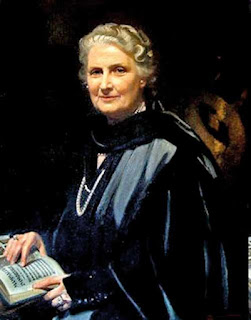Music and art are essential elements of a well-rounded Montessori education. These forms of expression are vital for a child's development and can significantly enhance their learning experience. By integrating music and art into the Montessori classroom, educators can promote creativity, concentration, and a sense of community among students.
Montessori education is built on the belief that children learn best through hands-on experience and exploration. Music and art provide opportunities for students to engage in self-directed, sensory-based activities that foster creativity and innovation. Moreover, these activities help children develop fine motor skills, hand-eye coordination, and spatial awareness.
Music, in particular, plays a significant role in the Montessori curriculum. It is used as a tool for language development, mathematics, and cultural studies. For instance, Montessori students learn to identify musical notes, rhythms, and instruments, which helps them understand mathematical concepts such as patterns, sequences, and fractions. Additionally, music exposes students to different cultures and traditions, broadening their perspectives and appreciation for diversity.
Art, on the other hand, allows children to express themselves creatively and develop their imagination. In a Montessori classroom, students are encouraged to explore various art mediums, such as painting, drawing, sculpture, and collage. Through these activities, students learn to experiment with colors, shapes, and textures, which enhances their critical thinking and problem-solving skills. Art also promotes self-esteem and self-expression, enabling students to communicate their thoughts and feelings in a safe and nurturing environment.
Furthermore, music and art are used to foster a sense of community in the Montessori classroom. Students often work together on group projects, such as creating a mural or putting on a musical performance. These activities promote cooperation, collaboration, and respect for others' ideas and opinions. Additionally, music and art are used to celebrate various cultural events and holidays, creating a sense of belonging and unity among students.
In conclusion, music and art are integral parts of the Montessori curriculum. They provide opportunities for students to learn and grow in various areas, such as language development, mathematics, cultural studies, creativity, and community building. By incorporating music and art into the classroom, Montessori educators can create a nurturing and inspiring learning environment where students can thrive and reach their full potential.





No comments:
Post a Comment